How long does it take to change Oil – Details Process
Motor oil change alludes to the procedure where you will deplete the oil motor oil and supplant it with another one. This is a piece of customary support and the most significant point all drivers need to consider.
Remember that the oil should be changed after a particular measure of miles a vehicle complete. Present-day vehicles will show a warning or light on the dashboard when this piece of support ought to be taken.
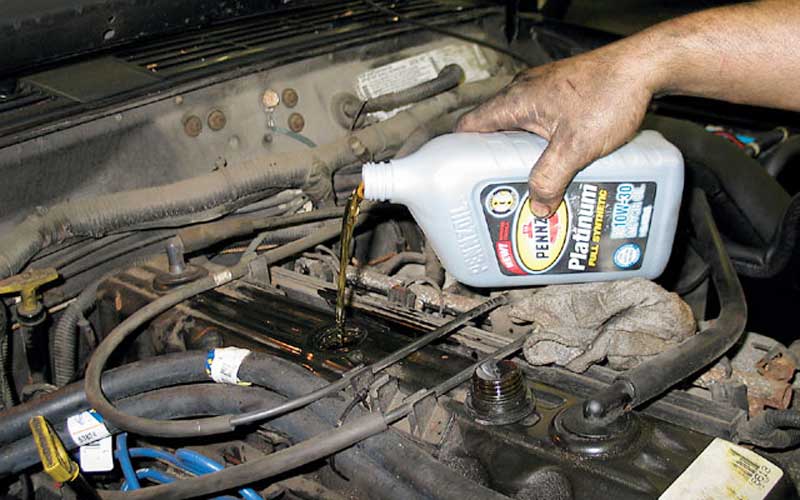
For old vehicles, you should record the mileage. When your complete miles indicated in the client manual, you should replace the oil.
In a perfect world, you would replace the oil when a vehicle arrives at 5000 miles or following a half year. In the event that your vehicle remains left for a few months, despite everything, you have to replace the oil.
This is profoundly prescribed because of the reality when not in the utilization, the oil will lose its properties, and it won’t be reasonable for use. You can, in any case, drive a vehicle with old oil; however, cataclysmic motor disappointment is plausible.
All in all, to what extent does an oil change take? All in all, it can take as long as 15 minutes or even less.
The primary concern here is that oil change is a basic support process that takes under 15 minutes and can assist you with keeping up the motor wellbeing for a long time to come. This isn’t something you ought to do; it is something you should do.
Tools Required for Oil Change
- Wre10 Best Brake Line Wrenches – Review and Complete Guidench to remove drain plug (box end or socket)
- Oil filter wrench
- Oil drain pan
- Funnel
- Latex gloves
- Jack and jack stands or ramps (optional, depends on ground clearance)
Materials Required
- Oil
- Oil Filter
- Replacement drain plug washer
Steps for Changing Your Oil
Let us guess you have determined that your car is in dire need of an oil change. Well, you’ve reached the right section here. In the event that your car’s drain plug or oil filter is particularly difficult to reach, this may prove to be a handful.
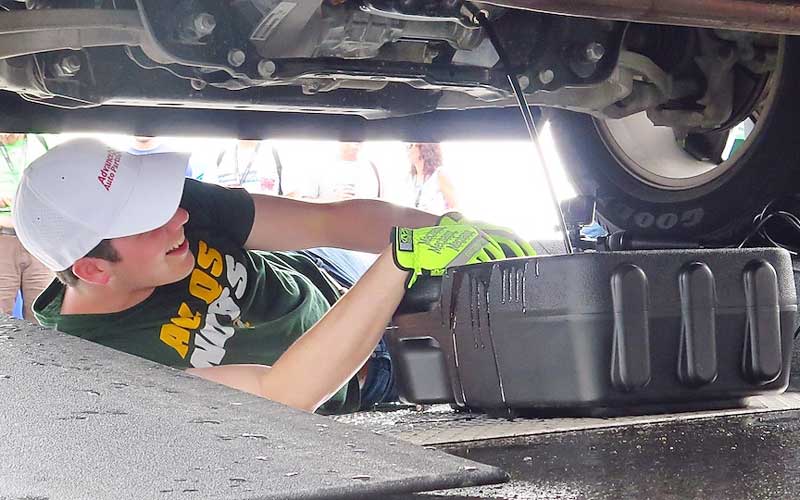
However, if that is not the case, then it is best that you do this yourself to get a better lay of the land, so to say. If you are struggling with this particular prospect, know that there is nothing much to it as long as you are following the right steps.
That’s where we come in; continue reading the step by step instructions that you need to change the oil in your vehicle from start to finish.
Read Also: Top 12 Best Car Ceramic Coating Review
1. Locate the Drain Plug
- Look underneath your car; there you will find a plug or a nut present just under your oil pan.
- In case you have trouble locating the plug, you can either crawl under the car or jack it up to make it easier to spot.
2. Put A Container Under the Plug
- Get a container that is large enough to contain the oil that will flow out from the plug.
- Place it directly under the plugin order to avoid any spills.
3. Undo the Screw in The Plug
- Slowly unscrew the oil drain plug.
- Use an old washcloth or towel to cover your hands to prevent them from getting messy.
- Let all the oil pour out from the engine and into the container.
4. Remove the Oil Filter Cap
- Open the hood of your car.
- Unscrew the lid of the oil filter present on top of the engine.
- If this proves difficult to do by hand, you can also use a wrench to pry it open gently.
- Turn the filter counterclockwise and handle it carefully to avoid spills because it contains some oil as well.
5. Drain the Oil
- Drain the oil filter until it is completely empty.
- Wrap the filter in some old rags or newspapers to avoid making a mess.
- You can take this filter to your local auto shop along with the discarded oil.
6. Open the New Bottle of Oil
- Take the new bottle of oil and use some oil to moisten the gasket that is present atop the new oil filter.
7. Screw-On the New Filter
- Fix the new oil filter on top of the engine by following the instructions and give it a three-quarter turn once it settles in place.
- Clean the area around the filter.
8. Replace the Drain Plug
- Use a wrench to put the oil drain plug back in place and tighten it for good measure.
9. Pour in The Oil and Check Engine
- For this purpose, you will probably need to get a funnel.
- Pour the oil slowly in order to let it settle down.
- Turn on the engine for a few minutes.
- Keep adding the oil until you reach the ‘full’ mark on the dipstick.
- Let the oil sit for a few minutes then take your vehicle for a test drive.
- Check the dipstick once after the test drive.
Importance of oil change
In a nutshell, there are three main benefits you will get. Don’t forget that you’ll need to change the oil filter as well.
It is an essential part of the oil change process, and it needs to be changed as much as you change the oil. Anyway, below, you can see the importance of an oil change.
Provides better engine lubrication
In the event that you realize how frequently to replace the oil, you have to know likewise for what reason to do it. This is the primary fundamental explanation. Motor oil is utilized to improve the grease of the moving motor segments.
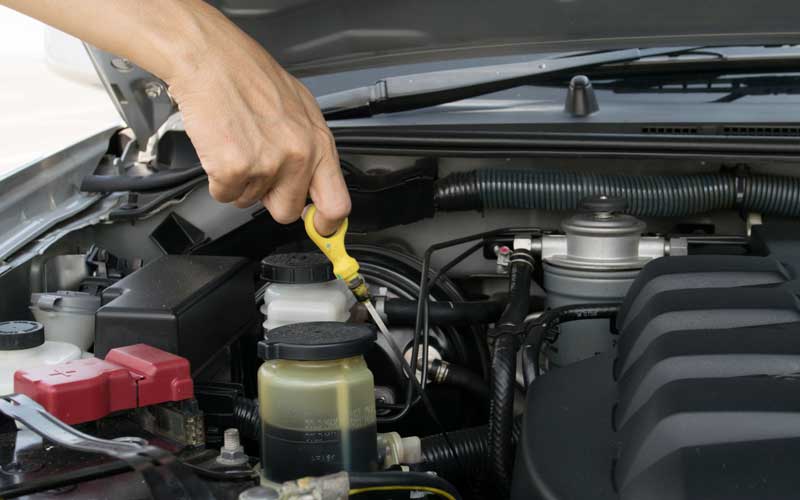
Without oil, there won’t be oil, which implies that motor parts will begin to mileage right away. This is the primary motivation behind why a vehicle can work just 2-3 minutes without motor oil.
Helps cool down the engine
Engine oil is used to transfer the heat from components. During the operation, they will create friction, which is translated into heat. That heat can drastically change the chemical compound of the moving parts and cause them to overheat. Engine oil will take away all that heat.
Your engine will last longer
This isn’t a different benefit but rather created as the result of all the others. With a simple Oil change tool kit, you can complete the task within only 10 minutes. But the engine will run and last very long.
We can see that this is the primary reason why people pay close attention to oil change and why they are looking for high-quality engine oil.
What Are the Different Oil Change Options?
Let’s start by exploring the different options available to you from the fastest to the slowest.
Oil Change at an Express Service Garage
Likely the quickest and ostensibly, the most productive method for doing an oil change is heading off to a ‘Fast Lube Shop.’
Contingent upon the establishment, these “express shops” frequently offer you the choice to stay inside the vehicle during the procedure.
From start to finish, an oil change at an express oil change shop normally takes around 15 minutes.
From a cost viewpoint, Quick Lube shops are additionally the least expensive assistance alternative accessible. Be that as it may, they are not generally the best choice.
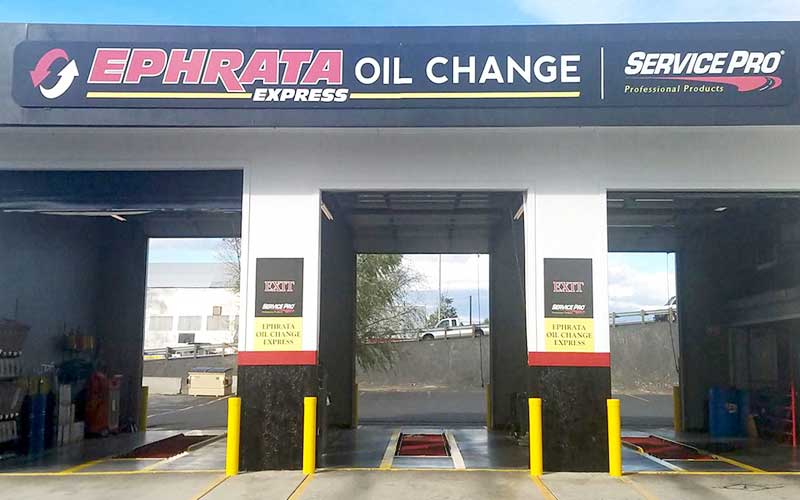
The fast help offered by express shops is conceivable gratitude to an exceptional machine that truly sucks the motor oil through the dipstick tube.
They don’t unscrew the oil container plug, nor need to trust that the oil will deplete. The administrator utilizes the machine to extricate the old oil, replaces the oil channel, and pours in the new oil.
It’s as simple as that. Shockingly, this normally isn’t the ideal approach to do an oil change. Depending on the motor structure, you can leave an excess of “old” oil in the vehicle that can’t be gotten to by the siphon.
There is likewise an opportunity that debris and sludge won’t be adequately evacuated and will stay in the oil skillet sump. This isn’t perfect and can cause issues with your motor whenever permitted to develop.
Non franchised
One of the most common places to get an engine oil service done is by your local mechanic at a mechanics repair shop.
This type of service can take from 30 to 45 minutes relying upon the size of the shop and how bustling it is.
Some fix shops distribute a few sounds for “express services,” which much of the time are oil changes. You may imagine that holding up 45 minutes isn’t a lot of when contrasted and Quick Lube shops.
Recollect that this time does exclude holding up times, and you’ll presumably need to leave your vehicle with the shop for a couple of hours.
From a cost viewpoint, this service is progressively costly, as well. In spite of the fact that is thinking of its as’ an increasingly careful oil change, by and large, the thing that matters is justified, despite all the trouble.
Dealerships
Getting your car or truck serviced at a dealership is not the best choice for everyone. Depending on the age of your car and whether it is out of warranty or not, it will heavily influence your decision.
A dealership oil change is seemingly the costliest alternative of all. Time is another issue, as well. The oil change itself takes around 30-45 minutes, yet risks are you’ll need to leave your vehicle with them for the vast majority of the day.
You may likewise be hanging tight half a month for an arrangement, contingent upon where you live or what sort of vehicle you drive.
Be that as it may, heading off to a dealership can be the more secure alternative. Now and again, botches occur, in any event, during an oil change. People are inclined to blunder.
Mishaps, for example, an apparatus falling into the motor during oil filling, and erroneously fixed oil container plug, utilizing an inappropriate evaluation oil, a free oil channel, not including the right measure of oil, the rundown continues forever.
These things can happen at vendors as well as at any oil change shop. The thing that matters is that, as a rule, businesses will be better prepared to assume full liability for any mistakes.
Additionally, you are bound to locate an accomplished ace expert at a dealership that is completely prepared to deal with any issues with your precise vehicle model.
Final Thoughts
There are a number of ways of getting the oil changed. You can get the oil changed in whatever way you think works best for you. An oil change normally takes about 10-45 minutes, in general, depending on whether you go to a professional or do it yourself.
However, by now, we have understood that an oil change is very important for a car as it not only increases the performance of your car, but it also increases the engine life of your car.
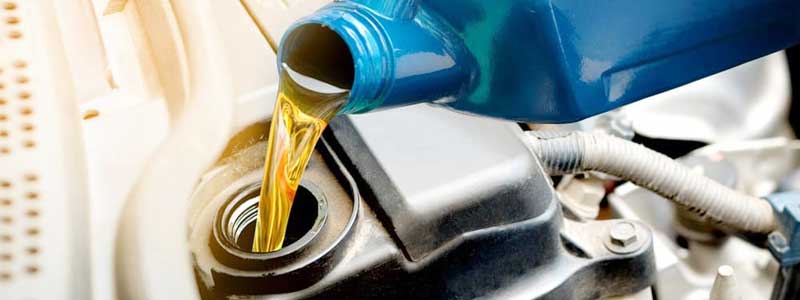





Post Comment